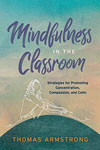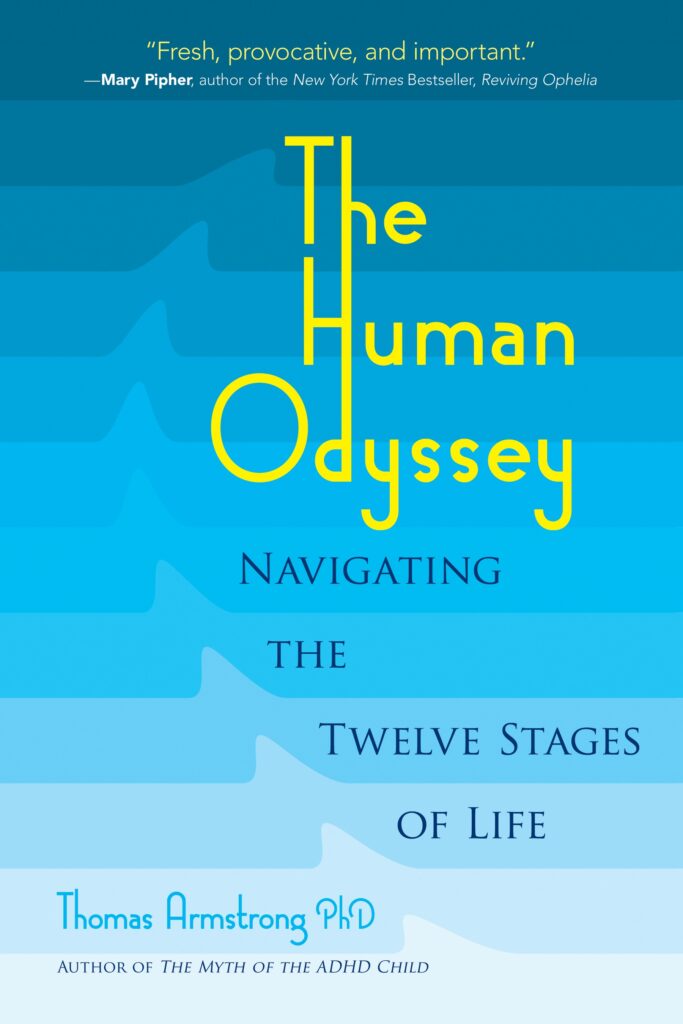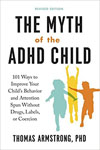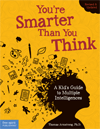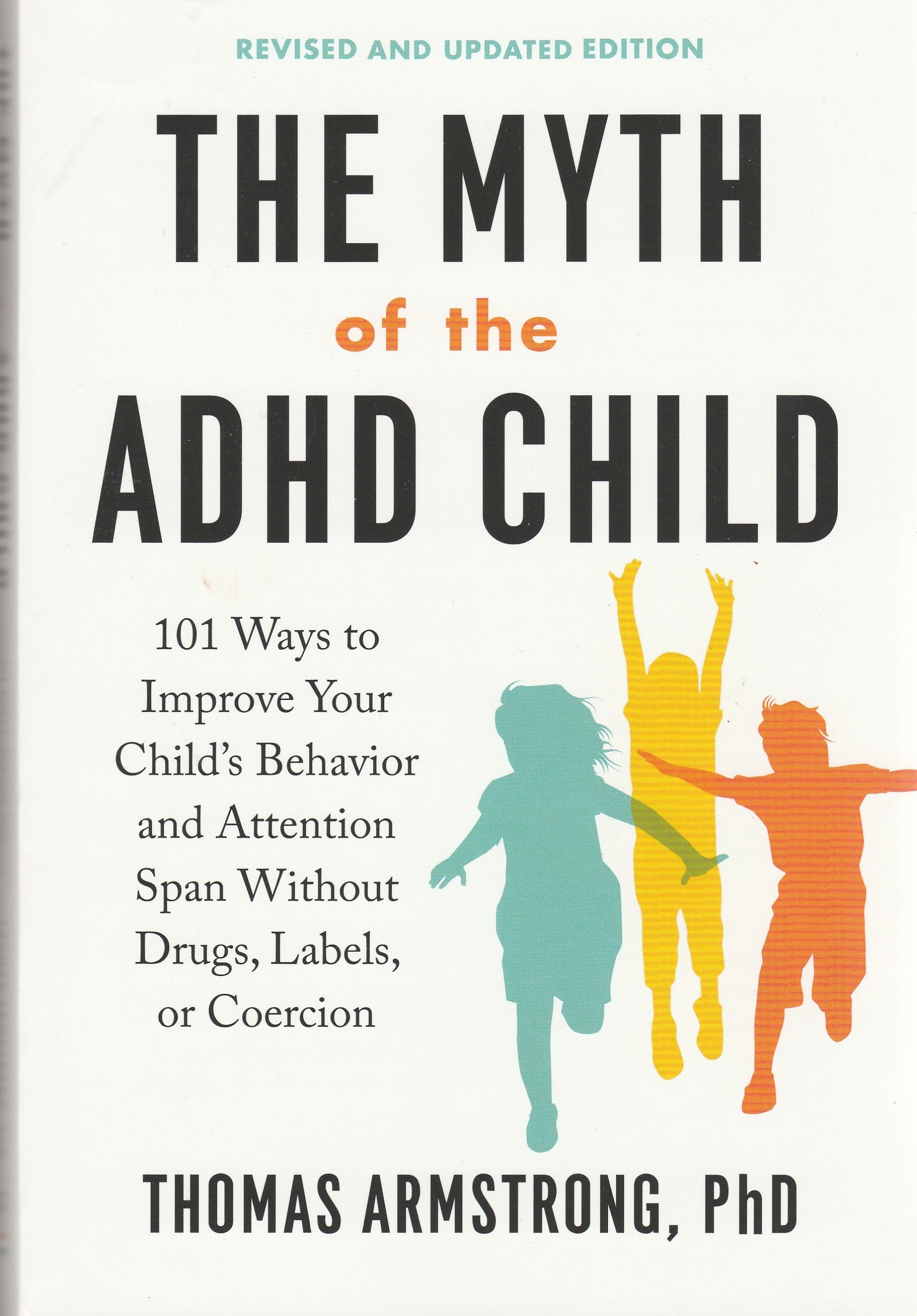 I was very glad to see the research report in the Proceedings of the National Academy of Sciences(PNAS), concluding that children labeled ADHD have normal brains that simply develop later than their peers. This study compared brain scans over a period of years between a group of 223 children diagnosed as having ADHD and a group of 223 children in a control group.
I was very glad to see the research report in the Proceedings of the National Academy of Sciences(PNAS), concluding that children labeled ADHD have normal brains that simply develop later than their peers. This study compared brain scans over a period of years between a group of 223 children diagnosed as having ADHD and a group of 223 children in a control group.
Typically, brain growth in the cerebral cortex goes through a developmental process of thickening for the first few years of life, then a peak, after which there is a “thinning down” or “pruning” of cortical tissue as the brain becomes more efficient in its adaptation to the surrounding environment (e.g. connections that are not required for adaptation are eliminated). The study revealed that the average age for this peaking of cortical development was 7.5 years old in “normal kids”, but that in children labeled ADHD it was 10.5 years old, three years later. This research strongly suggests that kids identified as having ADHD are really latebloomers after all.
I’ve argued this case in my book The Myth of the ADHD Child, Revised Edition: 101 Ways to Improve Your Child’s Behavior and Attention Span Without Drugs, Labels, or Coercion. In my own work with kids with this label, I noticed that they acted younger than their peers. I remember one seventh grade student in my special education class who would see something that interested him on the other side of the classroom, and simply get up and walk toward it, like a toddler would do. Some people might call this “immaturity,” but there is a much better word to use that captures the vitality and freshness of these kids: neoteny.
Neoteny is a Latin word meaning “holding youth.” Neoteny is essentially the retaining of childlike characteristics into adulthood. There appears to be a tendency, as species evolve, for more of “the child” to be retained into adulthood. This has obvious survival value, inasmuch as retaining the “plasticity” of the child’s brain later on in development, gives the human species more flexibility in adapting to changing circumstances. It’s curious in this regard to note that many of the most advanced creators and thinkers in civilization have had more than a little of the child in them. Einstein said “I never grew up.” Newton compared what he did to child’s play on the beach. Picasso said it took him his whole life to learn how to paint like a child.
In my book Awakening Genius in the Classroom, I’ve argued that it’s these neotenous characteristics of childhood–playfulness, creativity, imagination, vitality, curiosity, flexibility–that need to be retained into adulthood if our society is going to continue to transform and evolve. It appears from this week’s study in PNAS, that kids labeled ADHD are slower to grow up, and as a result, they have more of their childhood available to them than the average person as they move into adulthood. This is why they’re constantly moving, imagining, making associations, and playing around when they’re supposed to be “serious.”
We should admire these qualities in them. We need to stop using negative terms to describe these kids. Attention Deficit Hyperactivity Disorder, after all, has three negative words in it: deficit, hyperactive, and disorder. If by retaining more of their youth into later development these kids are the vanguard, so to speak, in the evolution of our species, then I think it would be more appropriate to give them positive labels: “evolutionarily gifted,” comes to mind. And yet the scientific community continues to use the disease-based “medical model” term that doesn’t at all speak to the true nature of these kids.
Some will argue, “but these kids are troubled and troublesome to themselves and to others. Research shows it.” Yes, this is true. If you’re evolutionarily advanced, and you have to function in an environment of Neanderthals, then, yes, this is a problem. And that’s what it is like for so many of these kids, who come into school in kindergarten brimming with enthusiasm, vitality, creativity, and spark, and have to sit for hours every day doing meaningless tasks in boring workbooks overseen by teachers who care far more about following rules than exploring exciting ideas.
Now we’re even seeing a new development that can only make things worse: the societal tendency to push developmental timetables backwards (again, toward the prehistoric). We’re increasingly expecting kindergarteners to do the work that second graders used to do and creating even less opportunity for the “child” in these kids to express itself.
So, here you have the situation: evolutionarily advanced human beings bringing more of the child into later development, on the one hand, and evolutionarily regressive societal forces pushing more of the adult back into early development, on the other. Is it any wonder that kids labeled ADHD have problems? Their so-called “symptoms” (again, to use the medical model), are really the mismatch, the incredible disjunction, between the way in which evolution has fashioned them (as the cutting edge of the species), and the way in which an ignorant society has tried to push them back into the Stone Age.
It’s this incapacity (this “deficit deficiency“) of the ADHD community of researchers, psychiatrists, psychologists, special education teachers, parents, and others to understand these gifts (and to create environments where these gifts are allowed to flourish), that gives rise to most of the “problems” and “symptoms” you see among kids labeled ADHD: poor self-esteem, negative social relationships, distractibility (which is just a “divergent mind” operating in a boring environment), and impulsivity (which is called “spontaneity” when that environment is open to new discoveries). I hope that this study in the prestigeous Proceedings of the National Academy of Sciences, will prompt people who work with children labeled ADHD, to be open to a few new discoveries of their own, and to start thinking of this matter as a developmental (and evolutionary) issue, and not a medical one.
See my book The Myth of the ADHD Child, Revised Edition: 101 Ways to Improve Your Child’s Behavior and Attention Span Without Drugs, Labels, or Coercion, for more about the developmental issues surrounding an ADHD diagnosis.
This article was brought to you by Thomas Armstrong, Ph.D. and www.institute4learning.com
Follow me on Twitter: @Dr_Armstrong






